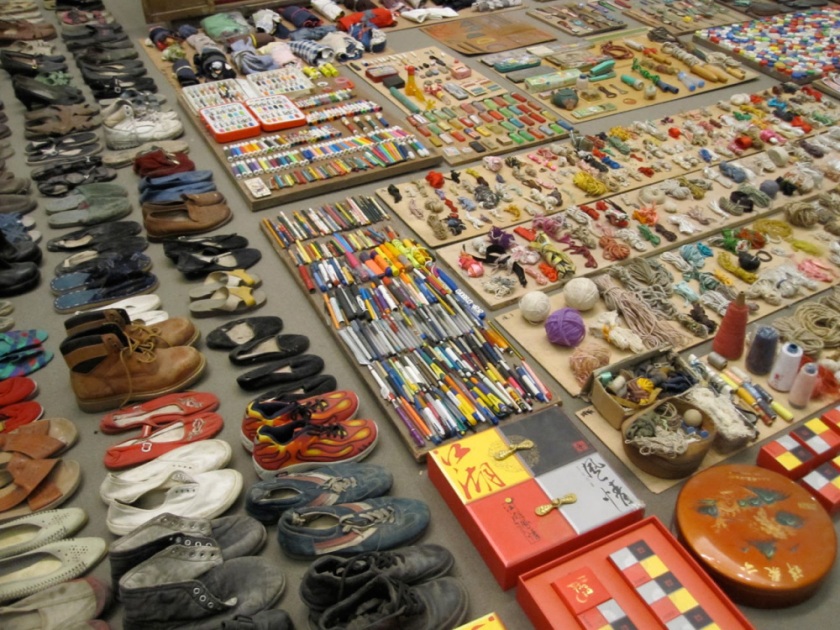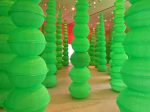Watching the documentary Never Sorry about Ai Weiwei recently inspired me to write about this brave and provocative artist.
Ai Weiwei is Chinese, born in Beijing in 1957. He is an artist, designer, architect, political activist, sculptor, curator, publisher and blogger, described as a ‘cultural compass for an entire generation of Beijing artists’.
Ai Weiwei’s father was Chinese poet Ai Qing, who was denounced during the Cultural Revolution and in 1958 sent to a labour camp in Xinjiang with his wife and son. Ai Weiwei was one year old at the time and the family lived in Shihezi for 16 years and in 1975 returned to Beijing.
Weiwei studied at the Beijing Film Academy in the late 1970s, and from 1981 to 1993 he lived in the US, mostly in New York, making conceptual art and using readymade objects in the tradition of Marcel Duchamp and Joseph Beuys.
In 1993 he returned to China when his father became ill, and asked him to come home to China.
In December 2008, he supported an investigation, started by another Chinese artist, into student casualties in the 2008 Sichuan earthquake. Because only schools were destroyed by the quake, questions were raised about the safety and construction of the buildings. A list of 5,385 children killed in the earthquake was compiled by April 2009, and Weiwei published the collected names, as well as articles documenting the investigation, on his blog, which was shut down by Chinese authorities in May 2009. The blog became a memorial for the dead, with the names of the victims scrolling in long lists, and later their names spoken in Chinese as a voiceover.
Weiwei also made a moving installation using children’s backpacks, shown at Haus der Kunst in Munich in 2009. Coloured backpacks spelled out in Chinese a quote from one of the bereaved mothers about her daughter killed in the earthquake: ‘She lived happily in this world for seven years’.

The Chinese authorities were unhappy about this public exposure of the deaths of thousands of children, whose identity was supposed to be a secret.
Ai Weiwei was beaten by the police in August 2009 for testifying for Tan Zuoren, a fellow investigator of the shoddy construction and student casualties in the earthquake. Subsequently he suffered headaches and had difficulty concentrating on his work. In September 2009, he was diagnosed to be suffering internal bleeding and had to have emergency brain surgery. The cerebral hemorrhage is believed to be caused by the beating.
In April 2011, Weiwei was secretly detained by the police for 81 days at the Beijing Capital International Airport while on his way to board a flight to Hong Kong. He was released on bail on fabricated tax charges. Although the bail was lifted after a year, the authorities have not returned his passport and he remains prohibited from travelling outside China.
I admire and applaud his bravery in witnessing and exposing these events in his blog and art, and calling the Chinese regime to account.































